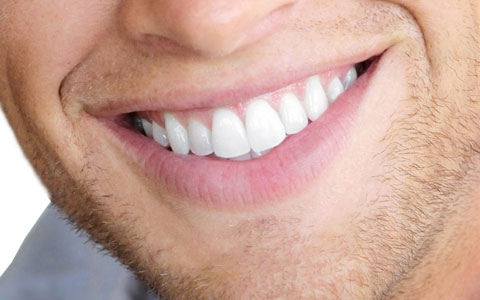Dental Terms
Dental Restorations in North York
A dental restoration, often referred to as a dental filling, is a dental material used to artificially restore the function, integrity, and shape of missing tooth structure. This loss of tooth structure can occur due to factors such as tooth decay (caries) or external trauma. In some cases, tooth structure may be intentionally removed during tooth preparation to enhance the aesthetics or physical integrity of a planned restorative procedure. Dental restoration also encompasses the replacement of missing tooth structure through dental implants.
Dental restorations can be crafted from a variety of materials to suit individual needs and preferences.
There are two primary categories of dental restorations: direct restorations and indirect restorations. Additionally, dental restorations can be further classified based on their location within the mouth and their size.
Direct Restorations
Direct restorations are placed directly in the tooth at the treatment site. These restorations are typically created and applied in a single dental visit.
Indirect Restorations
Indirect restorations are fabricated away from the tooth, often in a dental laboratory, before being placed in the patient's mouth. Common examples of indirect restorations include inlays, onlays, crowns, bridges, and veneers.
For most indirect restorations, a dental technician creates the restoration based on records and impressions provided by the dentist. After ensuring a proper fit and bite alignment, the restoration is usually permanently bonded to the tooth or teeth.
During the time that the indirect restoration is being prepared, a temporary or provisional restoration may be used to cover and protect the prepared tooth. This helps maintain the correct spacing and contact points within the mouth, provides insulation for the pulp (inner tissue of the tooth), and preserves the relationship of the gums and supporting structures around the tooth.
It's worth noting that removable dental prostheses, primarily dentures, are considered by some as a form of indirect dental restoration since they are designed to replace missing teeth. Various types of precision attachments, including magnets, clips, hooks, and implants, can be used to secure removable prosthetics to teeth. These attachments can also be seen as a type of dental restoration.

